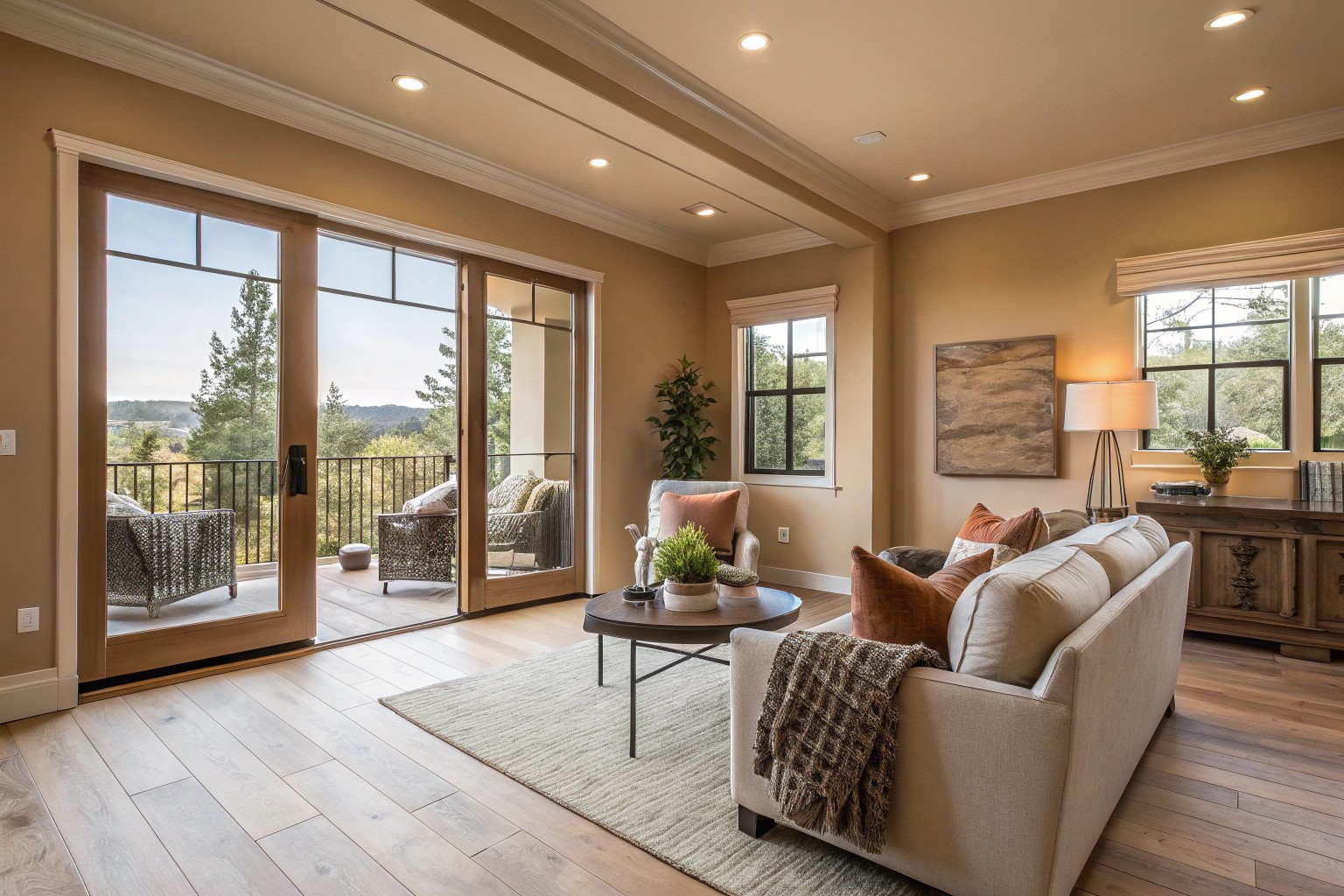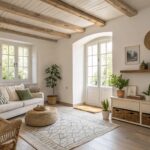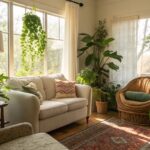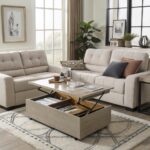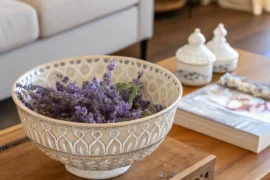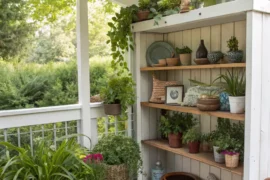The world of neutrals is undergoing a fascinating transformation. What once was dominated by cool grays and basic beiges has evolved into a rich spectrum of warm, nuanced tones that offer both comfort and sophistication. As you follow along, you’ll discover how these new neutrals are revolutionizing American homes, creating spaces that feel both timeless and deeply personal. In my fifteen years of design work, I’ve never seen a palette shift that has so profoundly impacted how people feel in their spaces.
The Evolution of Neutral Palettes

Gray has long dominated interior design, but there’s a powerful new trend on the horizon – warmer shades that add softness and depth to any room. The “new neutrals” encompass:
- Cream, beige, taupe, and greige (gray-beige hybrids)
- Oatmeal, biscuit, and sand tones
- Warm shades with subtle undertones
- Colors not traditionally considered neutral, like sage greens and blush pinks
These new neutrals are quickly taking over the world of home décor, offering an alternative that feels more connected to nature and creates more inviting spaces. What makes them unique is their versatility—they can be both sophisticated and cozy, minimal yet warm.
Why Designers Are Embracing Warmer Neutrals

When clients ask me why we’re seeing this shift, my answer is simple: these colors make spaces feel like home. Beige inherently brings more warmth than gray and harmonizes particularly well with colors having yellow undertones, such as browns, taupes, and various earth tones. This quality helps create an inviting atmosphere that gray, with its cooler nature, sometimes struggles to achieve.
The benefits of these warm neutral colors include:
- Adding a subtle warm glow to any space
- Creating a cozy, inviting feel regardless of room orientation
- Balancing beautifully with natural materials
- Providing more depth and character than their cooler counterparts
This approach is echoed by professionals like Chicago-based interior designer Claire Staszak, who aligns her choice of beige or gray with the overall temperature of the color palette. For instance, she might favor a gray textured sectional when working with cooler blues and greens, but lean towards beige for achieving an airy or warmer aesthetic.
Room-by-Room Application of New Neutrals
Living Spaces

The living room provides an ideal canvas for experimenting with warm neutrals. We’ve found that layering is key—combining different shades from the same neutral family creates a rich, nuanced space without requiring bold color statements.
For north-facing living rooms, which receive less direct sunlight, warm neutral colors are particularly beneficial as they balance out the naturally cooler light. South-facing rooms enjoy warmer natural light, so we recommend bringing in neutral colors with a cooler undertone such as oatmeal or hazel to prevent the space from feeling too yellow.
One of the key principles we employ is layering textures. Combining different materials, from chunky knit throws to smooth leather sofas, adds warmth and dimension to any room. This approach creates visual interest even within a limited color palette.
Bedrooms
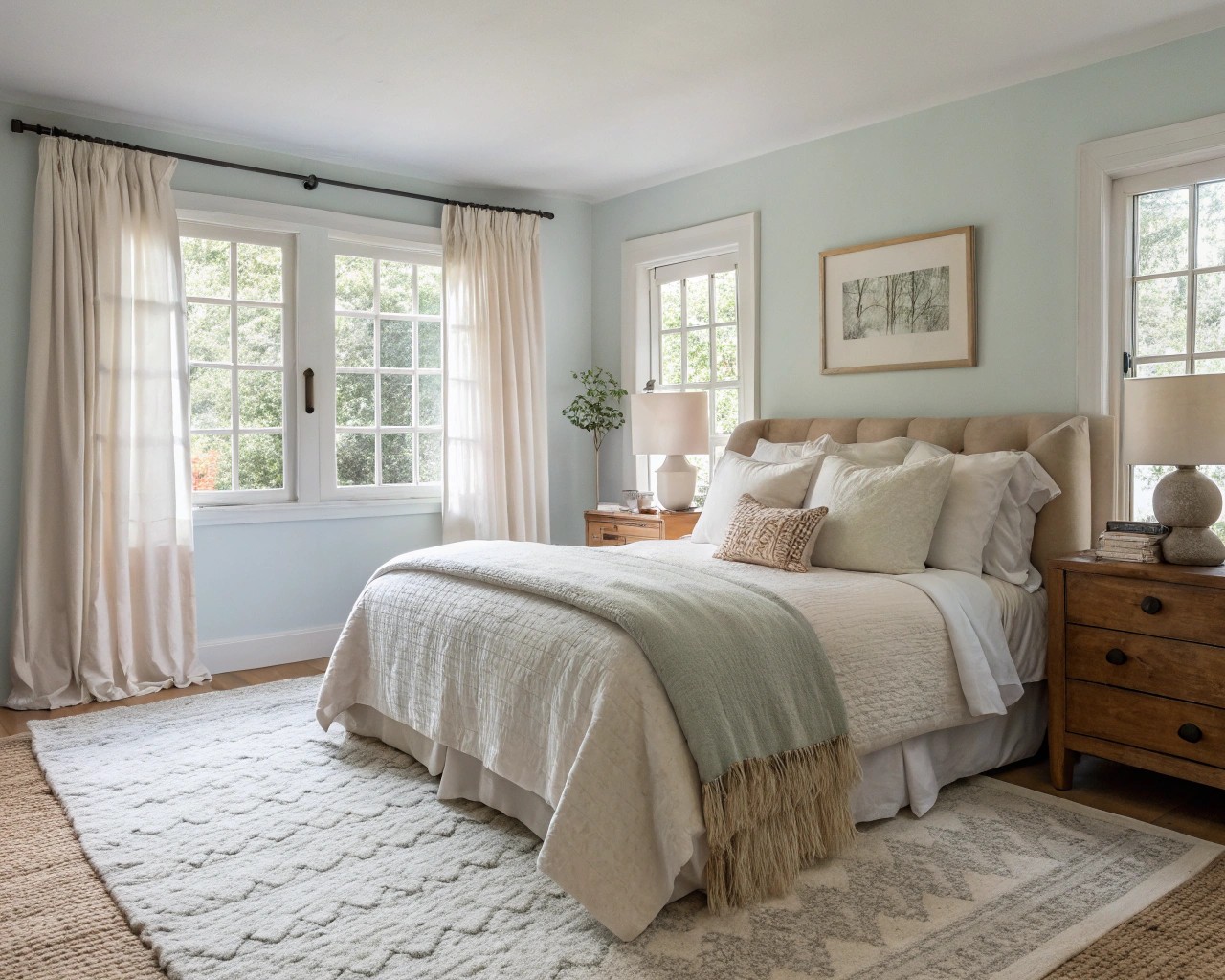
When designing bedrooms with new neutrals, I focus on creating a sanctuary-like atmosphere:
- Wall colors in soft taupe or blush-toned beige
- Bedding in varying textures of the same neutral family
- Natural materials like linen, wool, and unfinished wood
- Minimal contrast to maintain a serene environment
Nothing gives a room a calming feel quite like a gentle palette of warm neutral colors, chalky paint finishes, and textured fabrics. I recently completed a primary bedroom for clients who had lived with stark white walls for years—the shift to a soft, warm neutral with pink undertones transformed not just the look but the entire feel of their space.
Kitchens and Bathrooms
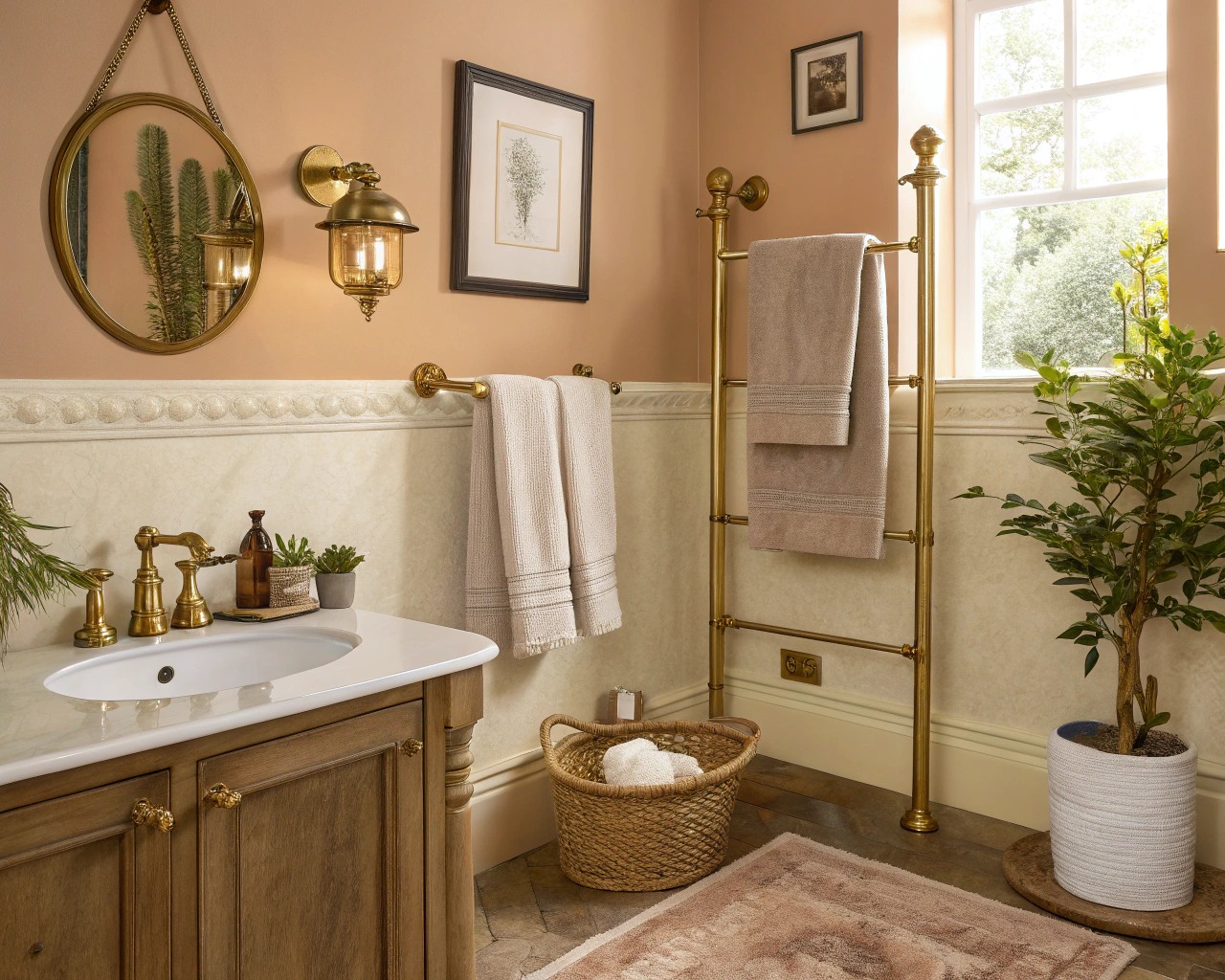
Kitchens and bathrooms present unique opportunities for the new neutrals. While cabinet colors in warm taupes and greiges offer an elegant alternative to white or gray, these spaces also benefit from:
- Countertops in warm-toned stone or composite materials
- Backsplashes that incorporate natural elements
- Fixtures in brass or bronze rather than chrome
- Flooring in natural materials with warm undertones
Creating a Neutral Color Strategy for Your Home
Considering Light Direction
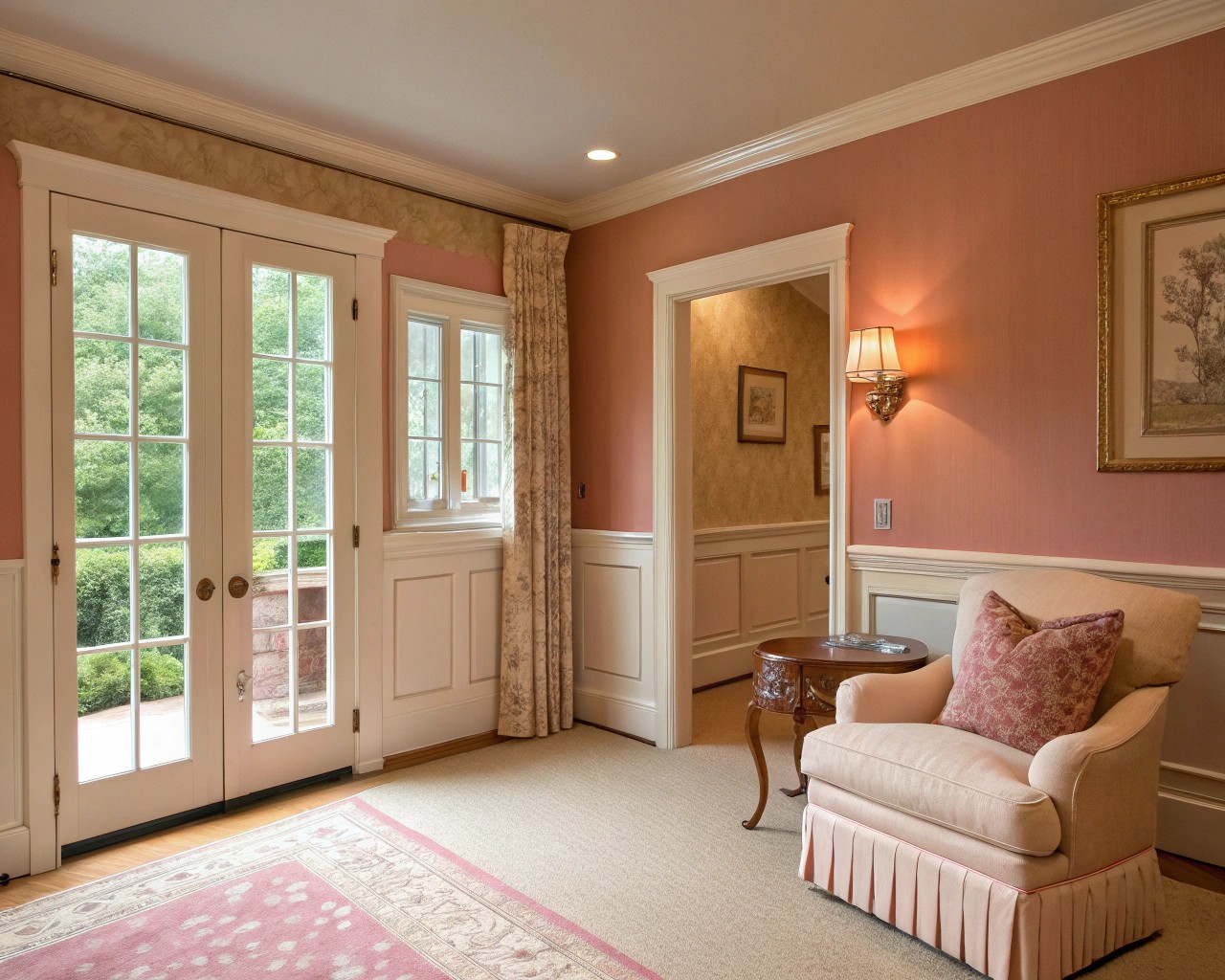
| Room Orientation | Recommended Neutral Tones | Why It Works |
|---|---|---|
| North-Facing | Warm beiges with pink undertones | Balances cooler natural light |
| South-Facing | Neutrals with cooler undertones (oatmeal, hazel) | Tempers warm southern light |
| East-Facing | Warm greiges | Complements morning light |
| West-Facing | Soft sand tones | Enhances afternoon golden hour |
“In north-facing rooms use warmer beiges with a pink undertone, which makes a great foil to other colors. In south-facing rooms which are filled with warm light all day, you can use any shade of beige, and it will look light and spacious,” advises paint expert Annie Sloan.
Matching Architecture and Trim
We always consider the architectural context when selecting new neutrals:
- For homes with natural wood trim, beige will always be preferable to gray
- With true white trim throughout the home, gray might be the more appealing neutral
- Historic homes often benefit from neutrals with subtle undertones that complement period features
- Modern architecture can support either warmer or cooler neutrals, depending on the materials used
The New Neutral Garden
The new neutrals trend extends beyond interior walls to reshape how we approach outdoor spaces. As someone who designs both interiors and landscapes, I’ve seen how these palettes create harmony between indoor and outdoor living.
The “New American Style” of landscape design embraces:
- Prairie-inspired plantings with ornamental grasses as key elements
- Strong visual presence through large sweeps of plants with subtle coloration
- The interplay of neutral-toned hardscaping with strategic pops of color
- A more relaxed, naturalistic approach than formal European gardens
One of the biggest differences between New American and European styles is the extensive use of ornamental grasses that create geometries of color inside a frame of “natural” wide open spaces. These grasses automatically insert a gracefulness of movement into the garden scheme and create the perfect foil for bright color blocks of flowering plants.
Plant Palette for New Neutral Gardens
For clients seeking this aesthetic, we recommend:
- Ornamental grasses in varying heights and textures
- Rudbeckias (Black-eyed Susans) for geometric impact
- Sedums and other hardy mound-shaped plants
- Native plants adapted to your region’s specific conditions
The 2025 garden trends heavily feature earthy neutrals and sage greens as part of modern elegance combined with natural elements. These palettes not only look beautiful but support more sustainable, lower-maintenance landscapes.
Client Transformations: Before and After
Case Study: The Reluctant Beige Convert
Sarah had always considered beige “boring” and embraced the gray trend wholeheartedly in her modern townhouse. Her space featured charcoal walls, gray upholstery, and gray kitchen cabinets—a look that felt sophisticated but increasingly cold and impersonal.
When we proposed transitioning to warmer neutrals, she was skeptical but agreed to experiment in her home office. We selected a warm taupe with subtle pink undertones for the walls, added natural wood shelving, and incorporated textural elements in varying neutral tones.
The transformation was dramatic—not just visually but emotionally. “I never realized how tense I felt in my old office until I experienced the calm of this space,” Sarah told me. She’s since requested we gradually transition the rest of her home to this warmer palette.
Case Study: The New Neutral Garden
For clients transitioning from a traditional landscape to something more sustainable, we recently created a flowing landscape of ornamental grasses, native shrubs, and structural plants in a palette of soft greens, taupes, and sandy beiges.
The garden now requires minimal water, reflects the surrounding natural landscape, and offers subtle beauty throughout the seasons. Most importantly, it feels distinctly American—neither rigidly formal nor completely wild, but rather an intentional design that honors the spirit of place.
Practical Implementation Strategies
Starting Small with New Neutrals
For those hesitant to fully commit to the new neutrals trend, here are ways to ease into it:
- Begin with colorful accessories like throw pillows or vases in warm neutral tones
- Choose a color story based on a favorite piece of art or fabric
- Use your existing neutral walls as a canvas for warmer accent pieces
- Transform a small space like a powder room before tackling larger areas
Layering Techniques for Depth
In my design practice, I’ve found that successful neutral spaces require intentional layering:
- Combine at least three different textures within the same color family
- Vary the scale of patterns when using neutrals together
- Incorporate both matte and lustrous finishes
- Add depth through varying tones within the same color family
Key Elements to Incorporate
- Natural fibers: Linen, jute, wool, cotton
- Organic materials: Wood, stone, rattan, cane
- Tactile surfaces: Bouclé, sherpa, velvet, leather
- Architectural elements: Plaster, textured tile, woven details
The Future of Neutrals
While design trends are cyclical, I believe the shift toward warmer, more nuanced neutrals represents a deeper cultural movement toward homes that feel authentic, comfortable, and connected to nature. This isn’t simply about color preference—it reflects our evolving relationship with our living spaces.
Designer Jessika Gatewood notes the evolution: “Gone are the days of overly cool tone grays and yellow-heavy beiges. Beige offers warmth and timeless appeal. It’s perfect for creating inviting, earthy environments and pairs beautifully with warm woods and jewel tones. This makes it an excellent choice for family rooms, bedrooms, or kitchens – anywhere you want a cozy, welcoming feel.”

